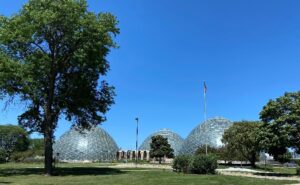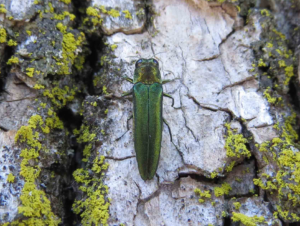The DNR’s Division of Forestry recently welcomed three new members to the Wisconsin Urban Forestry Council and said farewell to several members who contributed much to the Council.
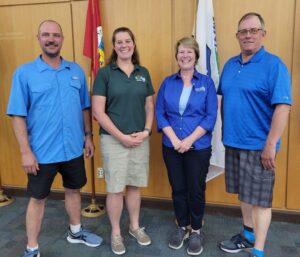
Wisconsin DNR Division of Forestry thanks departing Urban Forestry Council members for their time and dedication to the council. Pictured above are August Hoppe (far left), Heather Berklund, Wisconsin State Forester (left middle), Gail Sumi (right middle) and Mark Freberg (far right).
The Wisconsin Urban Forestry Council is an advisory committee to the DNR’s Division of Forestry, guiding the best ways to preserve, protect, expand and improve Wisconsin’s urban and community forest resources. The Council is comprised of 25 people appointed by the Secretary of the DNR. Members represent the diverse groups and interests that impact our state’s urban and community forests, including representatives from professional organizations, private business owners, educators, green industry employees, nonprofit/service organizations, governmental agencies, municipalities of various sizes, utilities, concerned and active citizens and trade organizations throughout the state.
Continue reading “WI Urban Forestry Council Welcomes New Members; Says Goodbye To Others” →
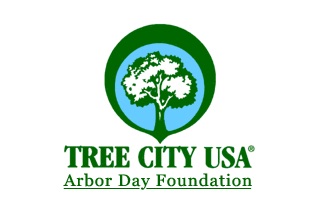 The Arbor Day Foundation’s Recertification application portal for this year is now open and available. The Arbor Day Foundation’s Tree City USA program is working to help grow the urban tree canopy in Wisconsin. With more than 200 designated communities, almost 60% of Wisconsinites live in a Tree City USA community.
The Arbor Day Foundation’s Recertification application portal for this year is now open and available. The Arbor Day Foundation’s Tree City USA program is working to help grow the urban tree canopy in Wisconsin. With more than 200 designated communities, almost 60% of Wisconsinites live in a Tree City USA community.

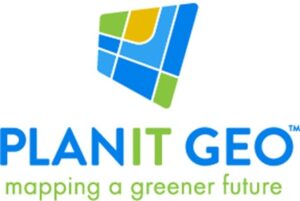
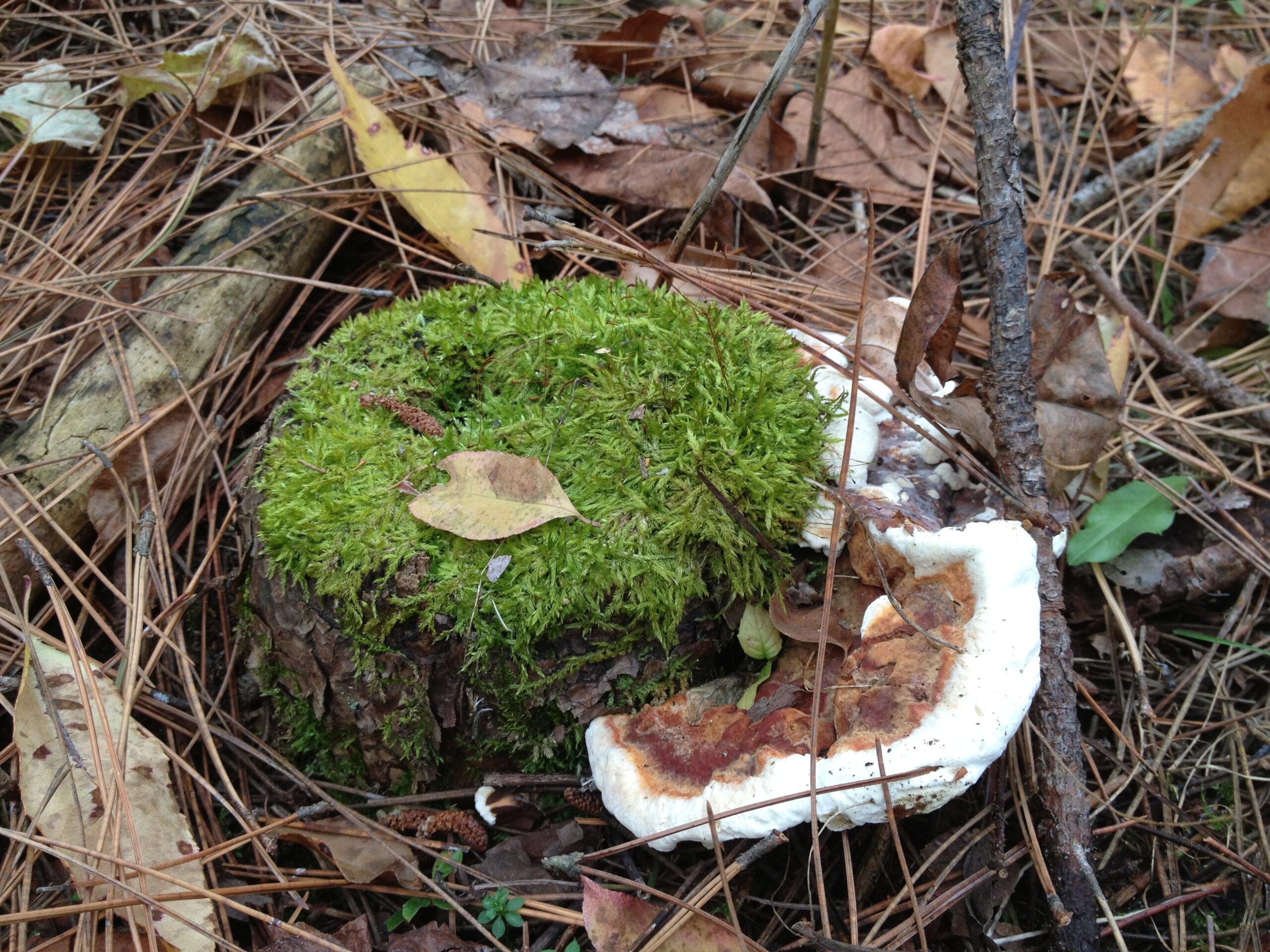
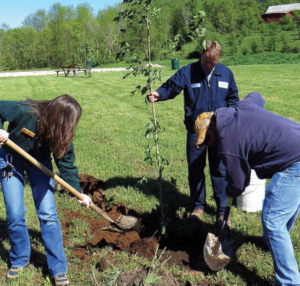 You may have participated in this survey led by DNR Urban Forestry Coordinator Don Kissinger in 2020 (if so, thank you!) Wisconsin municipalities with more than 2,500 residents were asked a series of questions about the types of trees they prefer to plant (such as root stock type and caliper size), which lesser-used species they had successfully planted, which species they cannot find but would like to plant, and whether they use a gravel bed.
You may have participated in this survey led by DNR Urban Forestry Coordinator Don Kissinger in 2020 (if so, thank you!) Wisconsin municipalities with more than 2,500 residents were asked a series of questions about the types of trees they prefer to plant (such as root stock type and caliper size), which lesser-used species they had successfully planted, which species they cannot find but would like to plant, and whether they use a gravel bed.